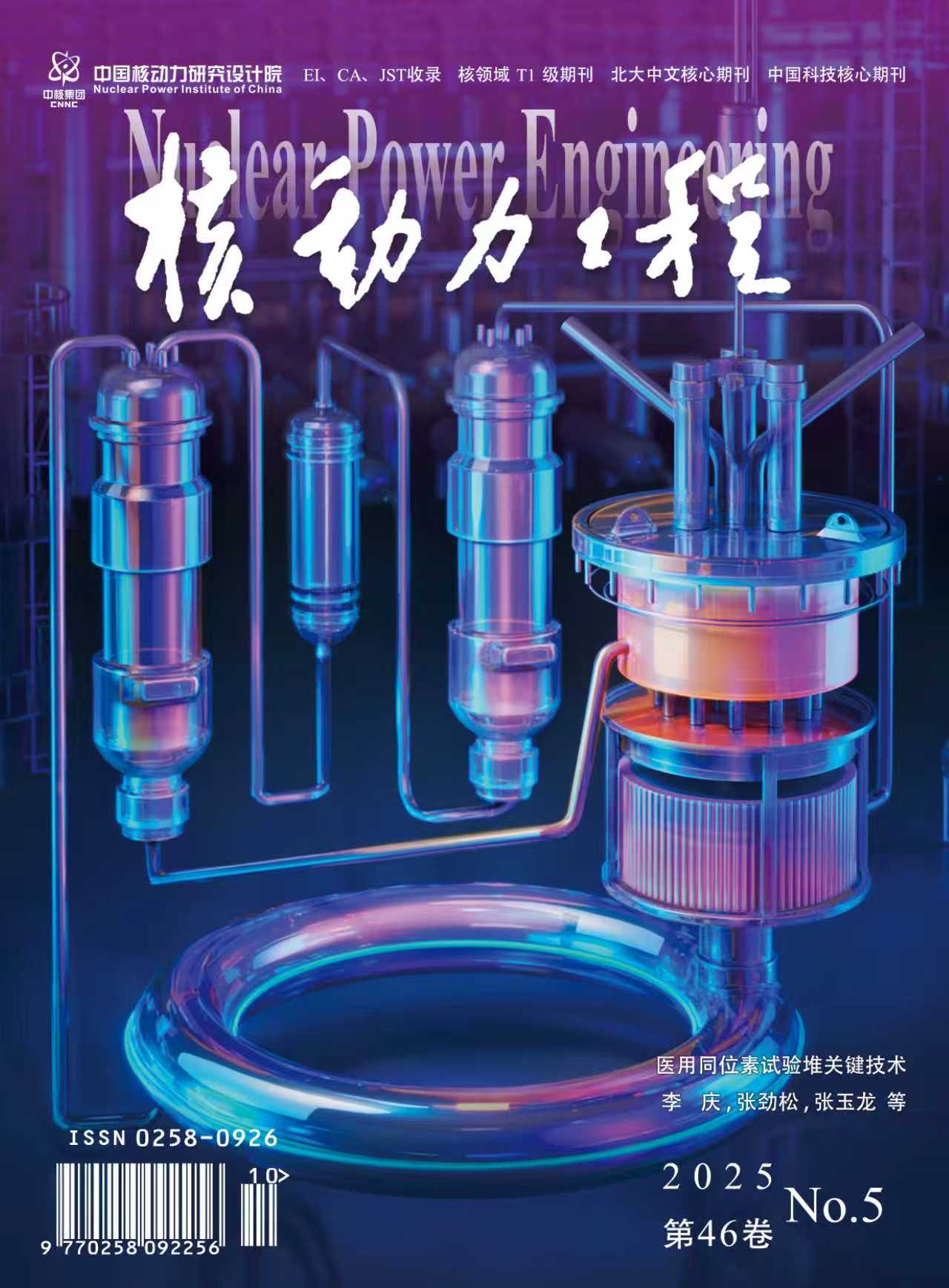2007 Vol. 28, No. 5
Display Method:
2007, 28(5): 1-4,9.
Abstract:
2007, 28(5): 5-9.
Abstract:
2007, 28(5): 10-13,35.
Abstract:
2007, 28(5): 14-17.
Abstract:
2007, 28(5): 18-21,58.
Abstract:
2007, 28(5): 22-25.
Abstract:
2007, 28(5): 26-30,123.
Abstract:
2007, 28(5): 31-35.
Abstract:
2007, 28(5): 36-41.
Abstract:
2007, 28(5): 42-45.
Abstract:
2007, 28(5): 46-49,118.
Abstract:
2007, 28(5): 50-53,98.
Abstract:
2007, 28(5): 54-58.
Abstract:
2007, 28(5): 59-62.
Abstract:
2007, 28(5): 63-68.
Abstract:
2007, 28(5): 69-74,108.
Abstract:
2007, 28(5): 75-78.
Abstract:
2007, 28(5): 79-82,108.
Abstract:
2007, 28(5): 83-86,90.
Abstract:
2007, 28(5): 87-90.
Abstract:
2007, 28(5): 91-94.
Abstract:
2007, 28(5): 95-98.
Abstract:
2007, 28(5): 99-103.
Abstract:
2007, 28(5): 104-108.
Abstract:
2007, 28(5): 109-113.
Abstract:
2007, 28(5): 114-118.
Abstract:
2007, 28(5): 119-123.
Abstract:
2007, 28(5): 124-127.
Abstract:



